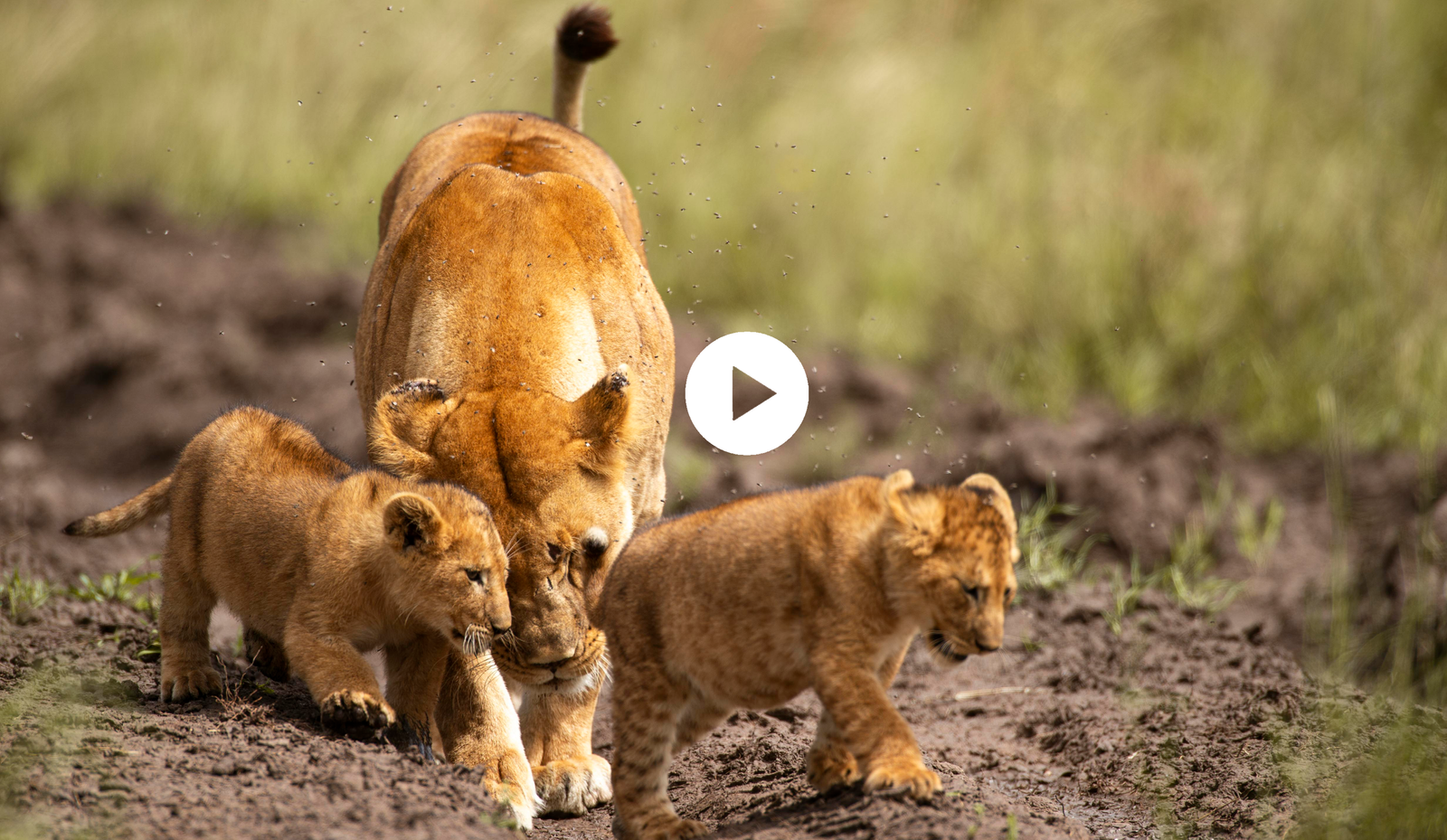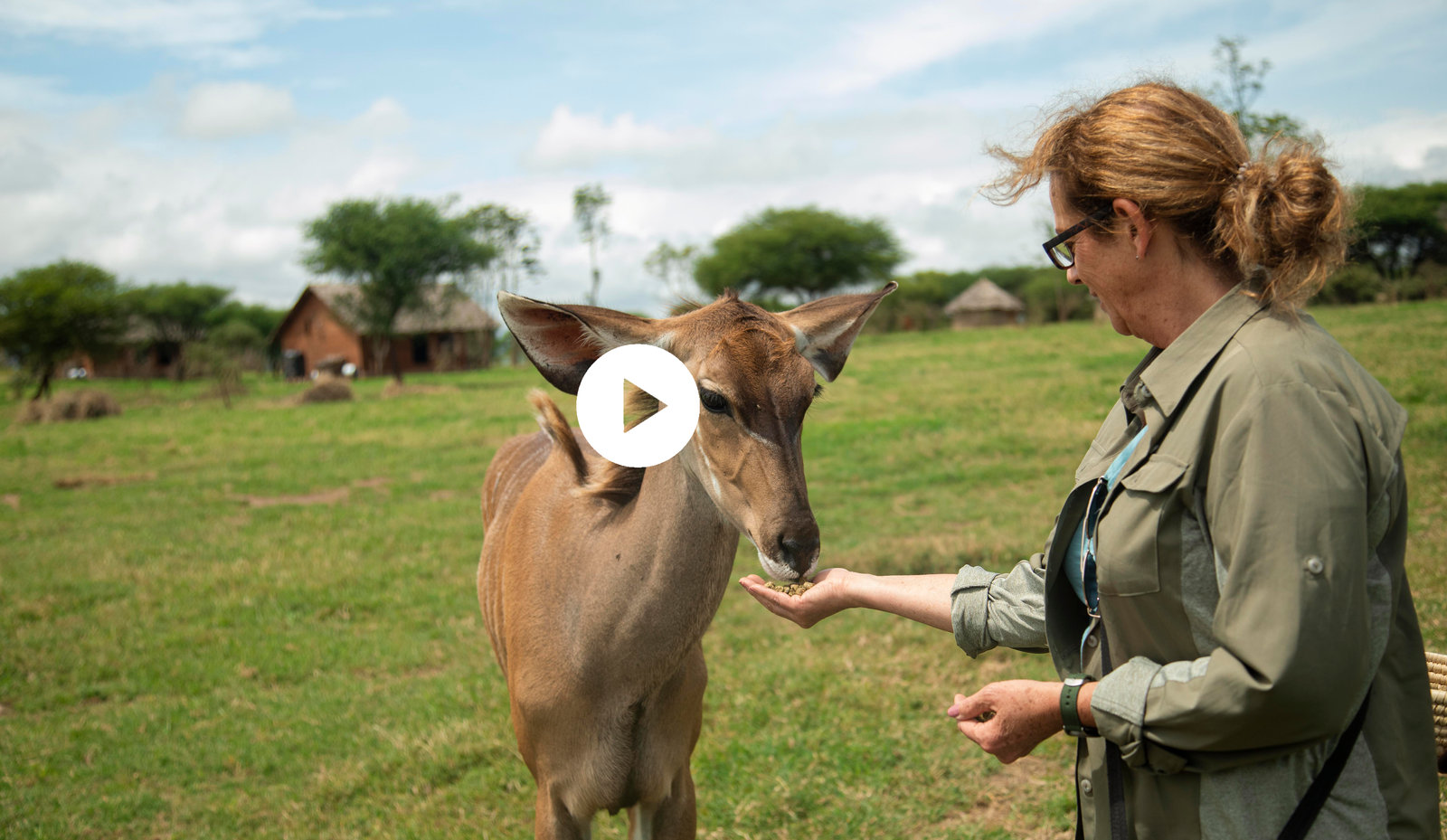
Pemba
Pemba boasts gentle, rolling hills and lush valleys blanketed with clove, coconut, and mango plantations, creating a landscape of unparalleled fertility. But it's not just the scenery that adds to Pemba's allure.
Pemba is renowned for its exceptional deep-sea diving and snorkeling opportunities. A unique accommodation option awaits at the Manta Resort, where guests can stay in an underwater room.
While on the island, visitors can embark on day trips to various points of interest:
- Pujini Ruins: These ruins mark the remains of a fortress dating back to the 13th century, built in a style uncommon along the East Coast of Africa. There are numerous conflicting accounts about the founder of this settlement, with many attributing it to Mohammad bin Abdulrahman. He reportedly wielded significant influence across the mainland from Pate to Kilwa and extending into the Indian Ocean as far as the Comoros. Mohammad was known as a skilled boat-builder, favoring the matempe style, and a prolific builder of mosques. In his prosperous career as a merchant and pirate in the region, he chose to establish his capital at Pujini, strategically perched atop a hill with limited access to the sea, aiming to safeguard his considerable wealth from raiders. The citadel was fortified with a massive earth rampart and moat, while the walls were constructed using stone transported 40 km by porters from the island's north. Access to the site was possible by sea, but required careful navigation through reefs, mangrove creeks, and narrow canals.
The outline of the outer fortress walls, approximately one meter thick and five meters high, is still discernible. A significant stairway marks the access point to the sea canal. However, only a pile of rubble remains at the northwest corner, once the location of the watchtower. Within the defensive walls, most mosques and houses have disintegrated, though remnants of an underground chamber and shrine are still visible. A two-chambered well, allegedly divided to allow Mohammad's two jealous wives to fetch water without meeting, may not be easily visible due to silt accumulation.
While a visit to this site can be enjoyable, visitors are often disappointed by the state of disrepair, especially after hearing its historical tales. Despite regular clearing efforts, it requires some imagination to envision the site's former glory. Little remains standing, with no information or relics on display. - Chake Chake: As the largest town and capital of Pemba, Chake Chake offers a glimpse into the island's history. The Old Fortress, dating back to at least the 18th century, stands as the oldest surviving building in the town. Overlooking the creek, the fortress once served as a prison and police barracks before being repurposed for the hospital.
- Chake Chake fortress The oldest standing structure in town is the Old Fortress, believed to date back at least to the eighteenth century and possibly even to the period of Portuguese occupation (1499 to 1698). Historical records from the early 19th century describe the fortress as having a rectangular layout, with two square towers and two round towers at the corners, all topped with thatched roofs. While round towers were common in Arab and Swahili architecture of the time, the presence of square towers suggests possible Portuguese influence.
Situated near the gate of the main hospital in town, the fortress overlooks the creek. Unfortunately, at the beginning of the 20th century, much of the structure was demolished to accommodate the construction of the new hospital. The remaining section served various purposes over the years, functioning as a prison and later as police barracks until the 1950s. In recent times, it has been utilized as an extension to the hospital. - Ras Mkumbuu: The remnants of the ancient town of Ras Mkumbuu sit at the tip of the peninsula north of Chake Chake creek. Positioned just above the shoreline, the town likely offered a sweeping view of the surrounding area and the sea, extending beyond Mesali Island to the mainland.
Referred to in Arabic texts as one of the major trading hubs on the East African coast since at least the 10th century (according to Yakut bin Abdulla al Rumi, an Arab geographer from the 13th century), Ras Mkumbuu's ruins, though dating from the 13th and 14th centuries, reveal a rich history. Among the remains are those of a sizable mosque, featuring an arched mirhab, minaret, and a ceiling supported by twelve pillars. Additionally, there are fourteen tombs, many adorned with Chinese porcelain—an indication of the diverse trading networks of the time. The site also contains remnants of houses and wells. Excavations have uncovered earlier structures below the surface, including those of a 10th-century mosque. - Mesali Island: While exploring Ras Mkumbuu by boat, a brief detour to Mesali Island awaits. Legend has it that this island served as a hideout for the renowned pirate Captain Kidd, who supposedly buried treasure here in 1698. Mesali Island boasts an idyllic beach and is renowned for its exceptional diving opportunities. It's said that the waters surrounding the island host 40 out of the 60 coral genera and approximately 240 different species of fish.
Despite recent proposals to transform the island into an exclusive tourist destination, these plans have been rejected. Instead, there's hope that Mesali Island and its surrounding reef will be designated as a marine park in the near future. - Chwaka Ruins: The ruins of an 18th-century town, believed to have served as the capital of Pemba during a period of Mazrui Arab control from Mombasa, stand as a testament to the island's historical past. The town once boasted a significant mosque, a fort, and the remnants of six tombs belonging to members of the Mazrui family. Among these tombs is one inscribed with the name "Mbarouk bin Khatib" and a date marking 1807. However, the Mazrui rule was toppled by Seyyid bin Said and his Busaidi Arabs in the early 19th century, leading to the town's subsequent decline.
A pathway tracing the edge of the valley leads to a 20-hectare site believed to have been a 15th-century town. Legend suggests this town was the domain of Harun bin Ali, purportedly either a Nabahani Arab from Paje (in modern Kenya) or the son of the legendary Mkana Ndune of Pujini. According to tradition, Harun inherited his father's ruthlessness, earning the moniker 'Mvunja Pau' or 'the breaker of the pole'.
It's said that this town once housed a fort, reception halls, mosques, and an ironworks, with a harbor situated in the nearby small creek. Today, only the lower walls of the grand Friday Mosque remain, boasting intriguing architectural elements like a fine mirhab and a long central area supported by square columns. Among the ten tombs scattered throughout the site stands a single pillared structure, claimed to be Haroun's tomb itself, adorned with glazed tiles and plaster reliefs. Another smaller mosque bears the name 'Msikiti Chooko' or 'mosque of the green grain', purportedly built by Harun's wife, Mwana wa Chwaka, using mortar mixed with green grain to fortify it. - Ngesi Forest Reserve: Three kilometers past Konde, the paved road abruptly ends at the Ngesi Park Ranger Post, and a dirt track leads into a dense forest tunnel. Immediately, the air cools, and the sounds of the jungle reverberate around. The forest boasts a true double canopy, with towering trees like mgulele (antiarus), mwavi (erythrophloem), mtondoo (Alexandrian laurel), and mvule (milicia) reaching heights of 30 to 40 meters. Tropical lianas and parasitical plants thrive on the massive trunks, while troops of Pemba vervet monkeys frolic high in the canopy. Below lies a second layer of vegetation, dominated by smaller trees and large shrubs, characteristic of a tropical forest.
Ngesi represents the last significant area of moist forest on Pemba. While the reserve spans 1440 hectares, only 550 hectares are actual forest, with the remainder comprising evergreen thicket. Nonetheless, it serves as a vital habitat for various unique and endangered species, including the Pemba vervet monkey, Pemba blue duiker, and Pemba flying fox—a large fruit-eating bat known to roost in groups of over 200 deep within the forest. Additionally, a substantial troupe of Kirk's colobus monkeys, relocated from Josani in the 1960s to expand their range, inhabit the area. Notable trees include three globally rare species: mjoho (odyendea zimmermanni), chrystalido pembanus, and ensete proboscoideum. It's believed that numerous unique small plant and insect species also exist here, awaiting discovery.
There are hopes to upgrade Ngesi to National Park status to safeguard its unique genetic pool for future generations. In the meantime, the forest appears well-protected, though there are occasional reports of local people raiding it for firewood and other forest products. The ranger post offers a nature trail, but the sandy road provides access to the best sections of the forest. - Mkia wa Ng'ombe: The trail exits the forest as abruptly as it entered, transitioning into an area of light cultivation featuring cassava fields planted beneath shady trees. Immediately veering right leads to the village of Tondooni, named after the mtondoo or Alexandrian laurel tree abundant in the vicinity. From Tondooni, a narrow track winds cross-country to the site of Mkia wa Ng'ombe, where remnants of a mosque, thirteen tombs, and several houses dating from the 12th to 15th centuries can be found. Accessing the site is more convenient by boat from Wete.
Experience the magic of Pemba with our excellent guides. Contact us for more information and to plan your unforgettable journey.
Book Today, Explore Tomorrow!
Explore the World
Explore our beautiful brochures for ideas on incredible adventures. For special discounts, give us a call or contact your travel advisor today. Don’t wait to book your dream getaway!





